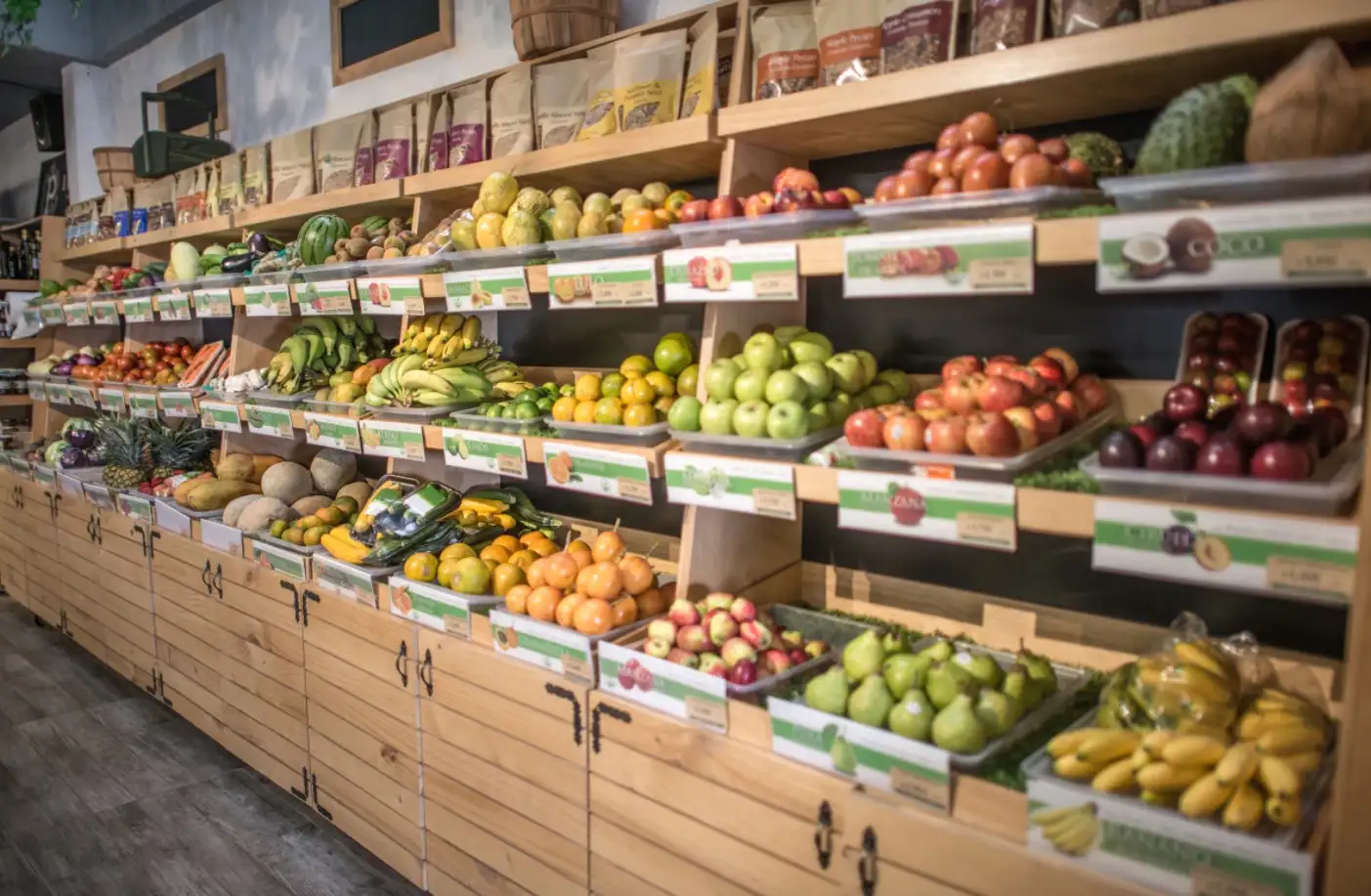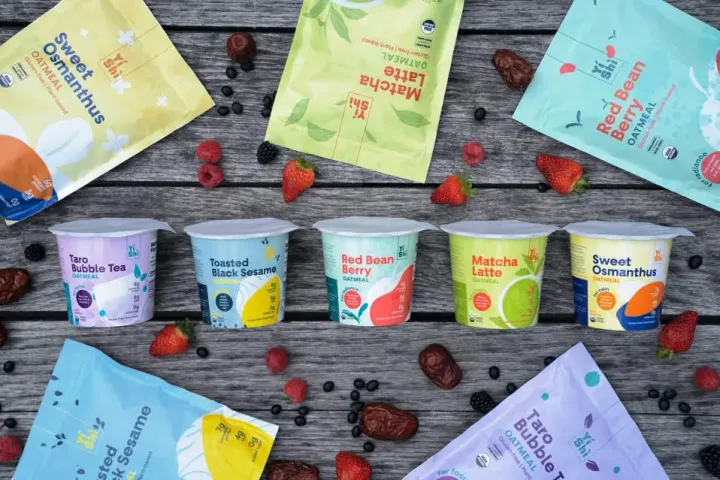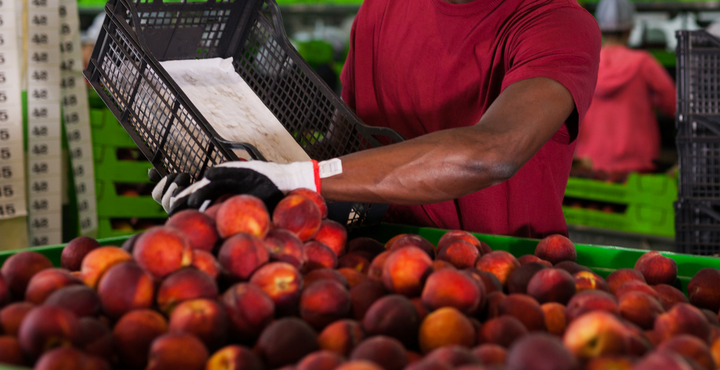Managing recalls for in-store and online food businesses
Food traceability is more important now than ever. As customers shift massively to online grocery shopping, it’s become essential for retailers and suppliers to include food traceability procedures into their e-commerce operations.

The coronavirus pandemic has accelerated the need for best practices to help ensure the safety of foods ordered online and delivered directly to consumers. As customers shift massively to online grocery shopping, it’s become essential for retailers and suppliers to include food traceability procedures into their e-commerce operations.
Food traceability is more important now than ever. In recent years, the frequency of product recalls has increased dramatically due to an increasingly complex supply chain along with increasing numbers of global regulatory standards and constant rollout of new product safety rules.
The significance of the FDA’s New Era of Smarter Food Safety Blueprint
In July 2020, the U.S. Food & Drug Administration (FDA) announced the New Era of Smarter Food Safety Blueprint in an effort to reduce foodborne illnesses. The blueprint works towards a vision where any recall would be able to generate a series of concurrent activities across the entire supply chain, starting with the identification of affected batches to their removal and safe disposal.
Maintaining food safety for customers requires diligence by the entire supply chain. However, recalls present a particularly tricky proposition for retailers. Although they’re typically not the ones at fault for product contamination, retailers are tasked with a multitude of responsibilities, from pulling products from shelves to reassuring and notifying consumers.
While many large businesses have the resources to address the impact of a product recall, small businesses are particularly vulnerable to the associated costs. A recall can result in lasting harm to businesses and quickly erode customer trust. No matter the size of your business, having a recall plan in place can significantly lessen the impact of a product recall.
Preparing for a recall
Disclaimer: This guidance does not constitute legal advice. Always ensure that the guidance you choose is relevant to your business, region, product, and market requirements.
It’s important to understand how to navigate through a product recall to facilitate a smooth and professional approach to handling them. Recall plans require forethought and careful planning, but it can be confusing and overwhelming to navigate through recall procedures if you’re starting a food business for the first time.
The goal of product recalls is to remove the product from retail quickly and effectively. Let’s dive into the three fundamental steps that can lessen the impact of a product recall:
- Gather information and remove the recalled product from retail
- Notify your customers
- Dispose of the recalled product
Step 1 — Gather information and remove the recalled product from retail
Product recall information can come from a variety of sources. Information typically comes directly from the manufacturer but may also come from a regulatory agency as a result of an investigation or when a product is believed to be a source of an outbreak.
Retailers can also initiate a recall when there is evidence of product contamination. As the final point in the supply chain, retailers can have a powerful impact on public health.
When a recall is initiated, product information is vital so you can quickly remove the product from your store and identify which customers purchased the product. To accomplish this, the following information should be readily available and gathered:
- Product name
- Product identifiers (batch/lot numbers, expiration dates, UPC, or GTIN)
- Classification of recall
- Reason for recall
- Purchase order numbers
- Quantity received, sold, and on-hand

As soon as you’ve gathered pertinent information about the recall, you can identify and remove recalled products from store shelves or from your online store to ensure that the recalled product is no longer in circulation. These recalled products should be marked in a way to indicate that they have been recalled and should not be sold.
Step 2 — Notify your customers
Now that you’ve tracked down the products using their unique identifiers, you can find which of your customers bought the product.
During a recall, online food businesses have the advantage of leveraging customer contact information provided at checkout, allowing them to quickly identify and notify customers who ordered items from the recalled batch.
Depending on the type of contact information you have for your in-store and online customers, your method of notifying your customers may differ to make sure they get notified right away. Your records should include the customer name, contact information, place of purchase (in-store or online), and the quantity and date purchased.

Preparing a variety of messages for each recall class, divided according to customers and stakeholders, can be extremely helpful during a recall to ensure swift and transparent communication.
To determine if and how customers should be notified, it’s important to understand the 3 classifications of a recall.
- Class I — products that could cause serious health problems or death.
- Class II — products that might cause a temporary health problem or pose a slight threat of a serious nature.
- Class III — products that are unlikely to cause any adverse health reaction, but that violate labelling or manufacturing laws
The severity of the recall will affect how the announcement is made.
Customers should be notified for Class I and some Class II recalls.
The following information should be provided in customer notifications to assist them with product identification:
- Product description (e.g. product name, brand, type, package size)
- Product identifiers (batch/lot numbers, expiration dates, UPC, or GTIN)
- Reason for the recall (e.g. type of allergen, specific pathogen, chemical or foreign material contamination)
- Responsible party contact information (e.g. contact name and contact information for the manufacturer, distributor, or other responsible parties)
- How to return or dispose of the recalled product (e.g. thrown out or returned to the store where they were purchased)
There are several ways you can notify your customers. These include putting up notices near your store entry, register, or information center; posting on your store website or social media; or reaching out to your customers directly through email, phone call, text, or mail. If necessary, press releases may also be issued.

The higher the risk and the more consumers the recalled product has reached, the broader the distribution of recall notifications should be. The quantity of the recalled product returned, on-hand, sold, and disposed of should be communicated to the recalling party.
Step 3 — Dispose of the recalled product
Product disposition procedures depend on the food and the hazard. Ideally, a central location should be established to collect all returned stock of the recalled product. Recalled products should be segregated, properly marked and held in a designated area.
Severe situations may call for the complete destruction of the product. Conversely, an issue such as an omitted ingredient on the ingredient list can be relabeled and redistributed. Typically, the recalling party or the governing regulatory agency will determine the appropriate product disposition. The types of product disposition include,
- Redirection — the product is reused for a purpose other than what was originally intended.
- Destruction — the product is unsafe for consumption and must be destroyed before disposing.
- Recondition — the product has a safety risk that can be fixed and then redistributed.
Product disposal must be done in a manner that complies with local, state and federal health and environmental regulations. Many regulatory agencies have unique guidelines and classifications for waste.
Resources
Sample recall notices
- The University of Georgia — Department of Food Science and Technology
Appendix C — Sample Recall Notices
USA
- The Food Industry Association (FMI)
Guidance for Retailers — Product Recalls - Food Safety Modernization Act (FSMA)
Proposed Rule for Food Traceability
Canada
- Canadian Food Inspection Agency (CFIA)
Recall procedure: A guide for food businesses - Safe Food for Canadian Regulations (SFCR)
Regulatory requirements: Traceability
UK
- Food Standards Agency (FSA)
Guidance on Food Traceability, Withdrawals and Recalls within the UK Food Industry
Australia
- Food Standards Australia & New Zealand (FSANZ)
Food Industry Recall Protocol — Information on Recalling Food in Australia and Writing a Food Recall Plan
Freshly is a batch tracking and traceability software designed for Shopify merchants selling perishables or other regulated products. Our mission is to improve food safety and reduce food waste around the world. 🌍

Visit us at getfreshly.io or install Freshly for FREE on the Shopify app store.


